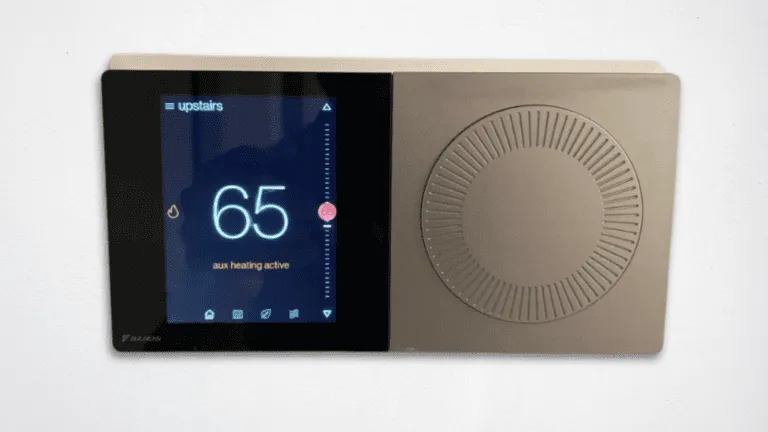When temperatures drop, we understand the importance of a reliable heating system to keep you warm and cozy. But have you ever scratched your head trying to figure out the difference between emergency heat, auxiliary heat, and backup electric in your HVAC system? Don’t worry, you’re not alone! We’re going to break it down in simple terms to help you make smart choices this winter.
Auxiliary Heat: The Trusty Sidekick

Auxiliary heat is not efficient, however, so expect utility bills to be higher when it’s really cold outside. However, this is some potential relief in sight: more efficient heat pumps called cold climate heat pumps have been developed more recently. They are efficient down to about 5 degrees outside, utilizing less backup electric from your electric furnace. This is great news for your utility bills!
Emergency Heat: Your HVAC Superhero
Imagine this scenario: it’s the coldest night of the year, and your heating system is working overtime to keep up. Suddenly, something goes wrong—your heat pump struggles. Emergency heat to the rescue!
Emergency heat is a superhero because if a heat pump breaks down, you can use it to generate heat in your home. Keep in mind that switching the thermostat to emergency heat should only be done if you know the heat pump is not working properly. Like auxiliary heat, emergency heat can be expensive to run if your home is fully electric, so you’ll want your heat pump checked out immediately.
Overall, in Indianapolis where winters can yo-yo from mild to downright harsh, having a reliable emergency heat source, like a gas furnace, ensures your home stays warm and toasty even on the coldest nights.
Backup Electric: Another Name for the Same Option
Last but not least, let’s talk about backup electric. This feature is like the contingency plan in case your primary heating source experiences a hiccup. For example, if your heat pump malfunctions, backup electric heat strips can step in to keep things warm while you schedule a repair.
While backup electric heat is a reliable Plan B, it’s essential to use it sparingly. Electric heating can be more expensive than other options, so consider it your safety net rather than your go-to heating source.
The Difference
So what’s the real difference between these three? In case you haven’t figured it out yet, emergency heat and auxiliary heat are technically the same thing: with both, your electric furnace is providing heat. However, with auxiliary heat, the electric furnace is assisting your system. In emergency mode, the electric furnace is running alone because the heat pump is locked out.

And now you might guess that backup electric is just another term for emergency heat, auxiliary heat, or electric furnace!
So, while there’s not a huge difference between the three, it’s important that you know what these phrases mean in order to make informed decisions about your comfort during the coldest days of Indianapolis winters.
At LCS Heating and Cooling, we’re here to ensure your HVAC system is in tip-top shape, ready to tackle whatever Mother Nature throws your way. If you have any questions or need assistance, contact us today – we’re always happy to help our fellow Hoosiers stay warm and cozy! Stay toasty, Indy!



